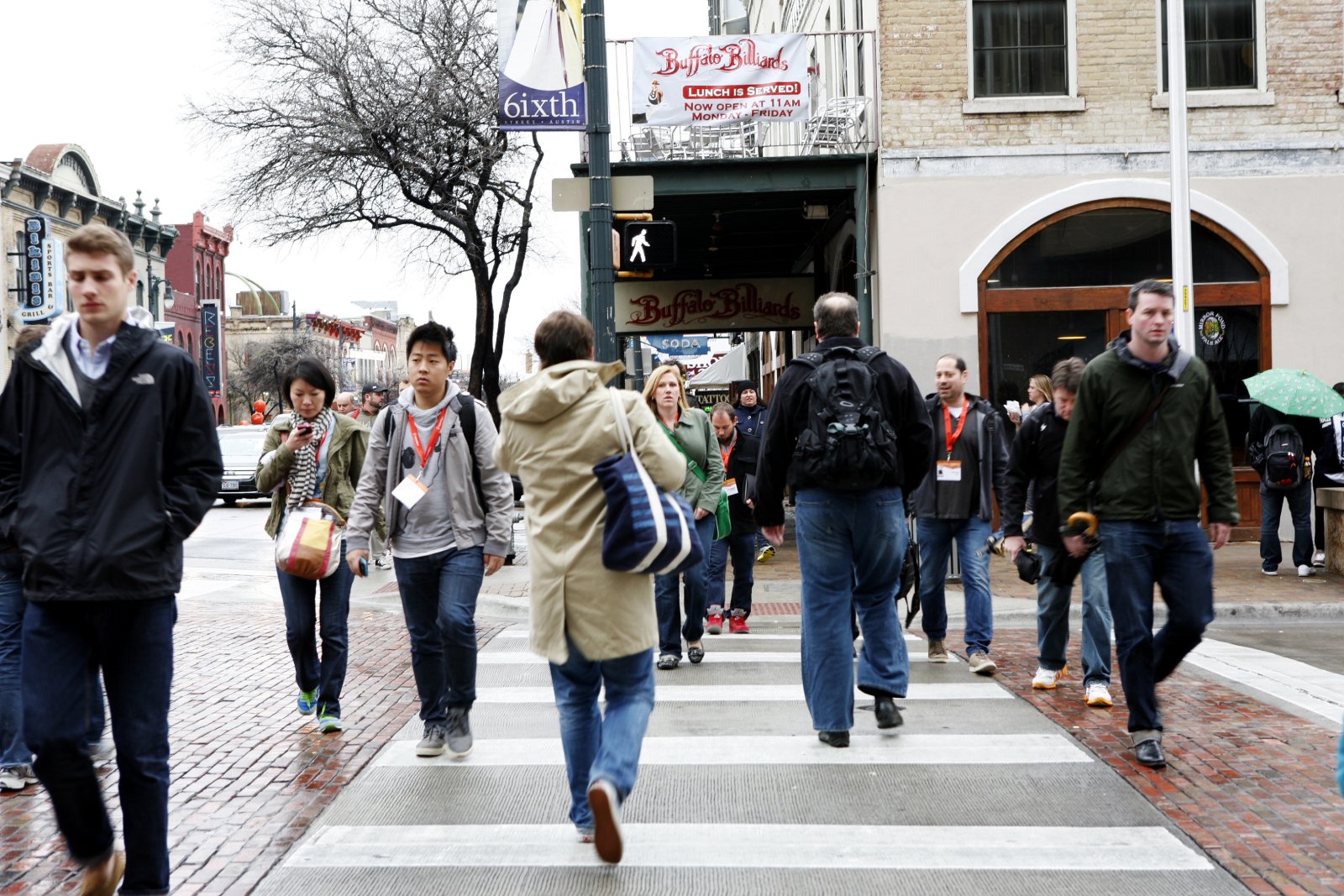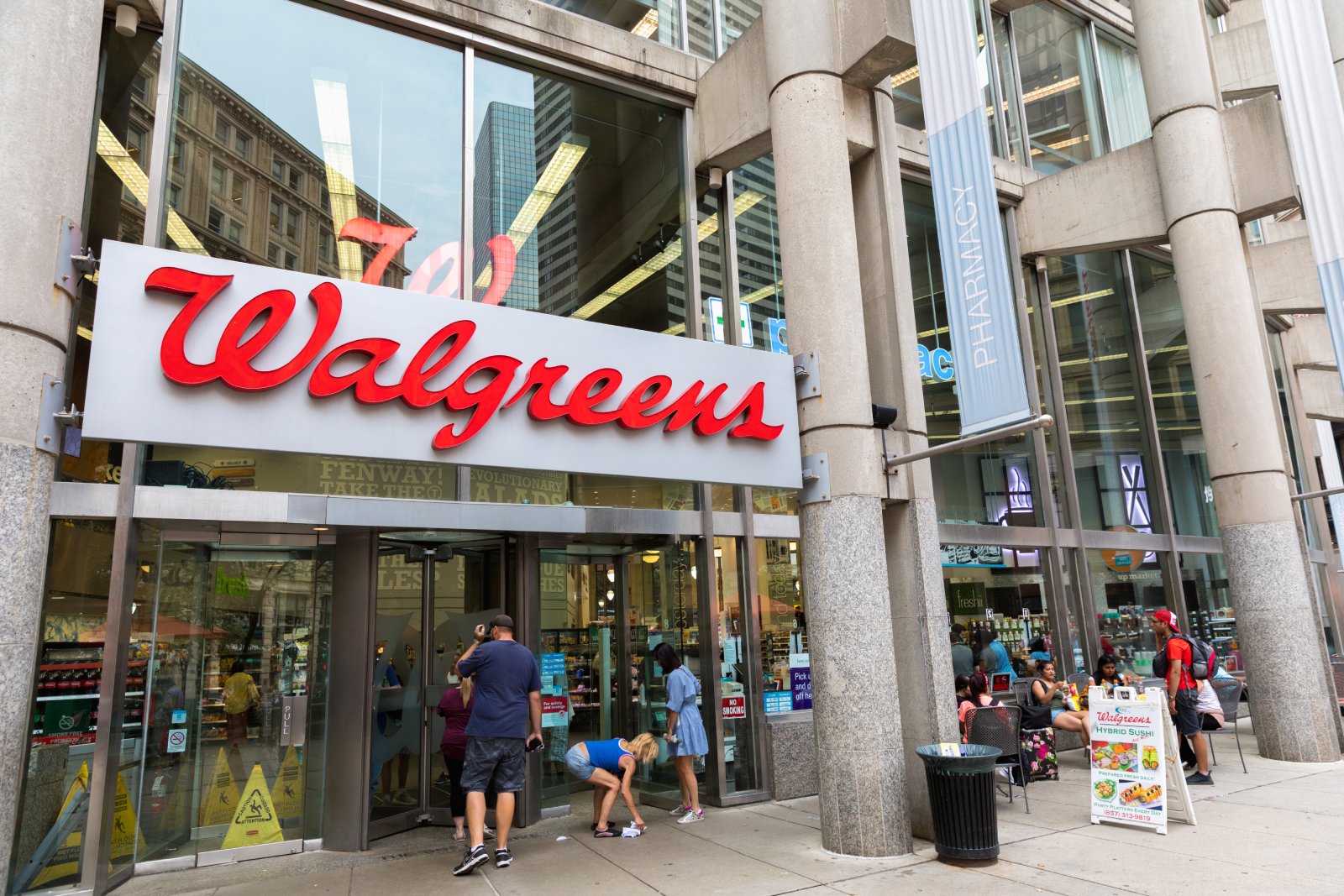Walgreens is facing a wave of closures, and over a century of serving communities across the nation may be coming to an end for the well-known and beloved pharmacy chain.
Walgreens Announces Major Store Closures

Walgreens has announced plans to close up to 25% of its stores nationwide over the next three years. As a longstanding pharmacy chain, this is a huge shift for the company, which has been a staple in many communities for decades.
Impact on Employees

Walgreens CEO Tim Wentworth has expressed that Walgreens sees its closures as a “footprint” reduction, not an “employee reduction,” while speaking to the Wall Street Journal. With aims to transition the “vast majority” of working employees to other locations, it appears that store closures may not significantly impact current employees.
Evolving Retail Landscape

With lower reimbursement rates for pharmacy care, higher fees, and increased competition from online pharmacies, traditional brick-and-mortar pharmacies are taking a shift. Walgreens does not stand alone in this challenge; Rite Aid has filed for bankruptcy and is also planning significant store closures.
A Need for Innovation

Walgreens’ decision to close stores serves as a wake-up call for the retail industry. The closures highlight the need for retailers to adapt to changing consumer behaviors, embrace technology, and innovate to remain competitive in the face of online competition.
Digital and Omnichannel Strategy

Fortunately, Walgreens had established a pretty solid digital and omnichannel strategy long before the decision to close up to 25% of its stores was made. Strengthening its online presence and offering more convenient service to its customers will play a major role in the overall success of Walgreens during and after its current phase of store closures.
Community Impact

The closing of Walgreens stores may have a significant impact on many communities. In rural or low-income communities, pharmacists may be the most accessible healthcare professionals for many.
Price Sensitive Consumers

It’s no secret that the economy has shifted. Because of this, many Walgreens consumers are now “price sensitive,” resulting in less spending and forcing pharmacies to cut prices to meet competitive pressures.
Healthcare Industry Shifts

The broader healthcare industry is undergoing significant changes, including the rise of telehealth and the increasing focus on preventive care. These shifts have impacted Walgreens’ business model.
Streamline Operations

By closing underperforming stores, Walgreens aims to streamline its operations and improve profitability. The company believes that this restructuring will allow it to focus on its most successful locations and invest in growth areas.
Prescription Drug Availability

The closures of Walgreens stores may affect the availability of prescription drugs in certain areas. Customers may need to travel further to access their medications or switch to alternative pharmacies.
Prioritizing Customer Convenience

Despite the closures, Walgreens remains committed to providing convenient healthcare services to its customers. While Walgreens does plan to close stores that may be too close to one another or not profitable, the company will still prioritize its online services.
Increased Competition

Alongside declining reimbursement rates, pharmacies across the nation are experiencing a run for their money due to increased competition from online retailers like Amazon and grocery stores. While many consumers once visited pharmacies for common items like snacks, makeup, and toiletries, they now simply shop online.
Impact on Local Economies

The closures of Walgreens stores may have a negative impact on local economies. The potential loss of jobs and retail foot traffic can affect businesses and property values in affected areas.
The Future of Retail Pharmacy

As the industry continues to evolve, the future of retail pharmacy may be impacted by pharmacist burnout, pay increase demands, and more. With Walgreens closing a significant amount of physical locations, pharmacists stationed at opened locations may experience more strain.
Over 50% Stock Price Drop

Walgreens has experienced a major decline in its stock price over the past year. This decline is attributed to a number of factors, including the company’s financial struggles. The store closures announced by Walgreens are seen as a potential step towards addressing these financial challenges.
Amazon’s Dominance

While consumers are shopping on Amazon for clothes, furniture, and everything in between, they are also checking off items on their healthcare shopping lists. As previously mentioned, Amazon is continuously growing dominance in the retail industry. Many brick-and-mortar retailers, including Walgreens, are facing increasing pressure to adapt.
A Century of Resilience

With over a century of serving communities nationwide, the closures of Walgreens stores could be a necessary step for the company to become more efficient and competitive in the long run. The closures may be painful in the short term, but Walgreens has survived numerous economic downturns over the years. This shift could ultimately position Walgreens for long-term success in a rapidly evolving retail landscape.
Healthcare Costs on the Rise

As the number of pharmacies decreases, competition may be reduced, potentially leading to higher prices for prescription medications and other healthcare services. Consumers may face increased financial burdens as a result of Walgreens’ closures.
Community Health at Risk

Walgreens stores often play a vital role in community health initiatives, such as providing vaccinations and health screenings. The closures of these stores could have a negative impact on public health efforts within communities.
Walgreens’ Commitment to Serving Customers

Despite the challenges it faces, Walgreens remains committed to serving its customers and providing essential healthcare services. The company is adapting to the changing retail landscape and exploring new opportunities for growth.
Millennials Are Over It: 25 Reasons Woke Culture Is Losing Its Charm

Has the push for progress tipped too far into preachiness? Here’s why many Millennials might think so. Millennials Are Over It: 25 Reasons Woke Culture Is Losing Its Charm
Is It Time Boomers Paid the Price for America’s Economic Inequality?

The American Dream feels more elusive than ever, especially for younger generations. What was once achievable through hard work now faces significant hurdles, from skyrocketing college costs to the challenging pursuit of homeownership. Here’s a look at why it’s tougher for Millennials and Gen Z compared to Baby Boomers. Is It Time Boomers Paid the Price for America’s Economic Inequality?
Rent Crash in California: Landlords Scramble as Prices Take a Hit

California’s rental market is taking a nosedive, with major cities seeing huge drops in rent prices. Rent Crash in California: Landlords Scramble as Prices Take a Hit
Featured Image Credit: Shutterstock / Tada Images.
The content of this article is for informational purposes only and does not constitute or replace professional advice.
The images used are for illustrative purposes only and may not represent the actual people or places mentioned in the article.




